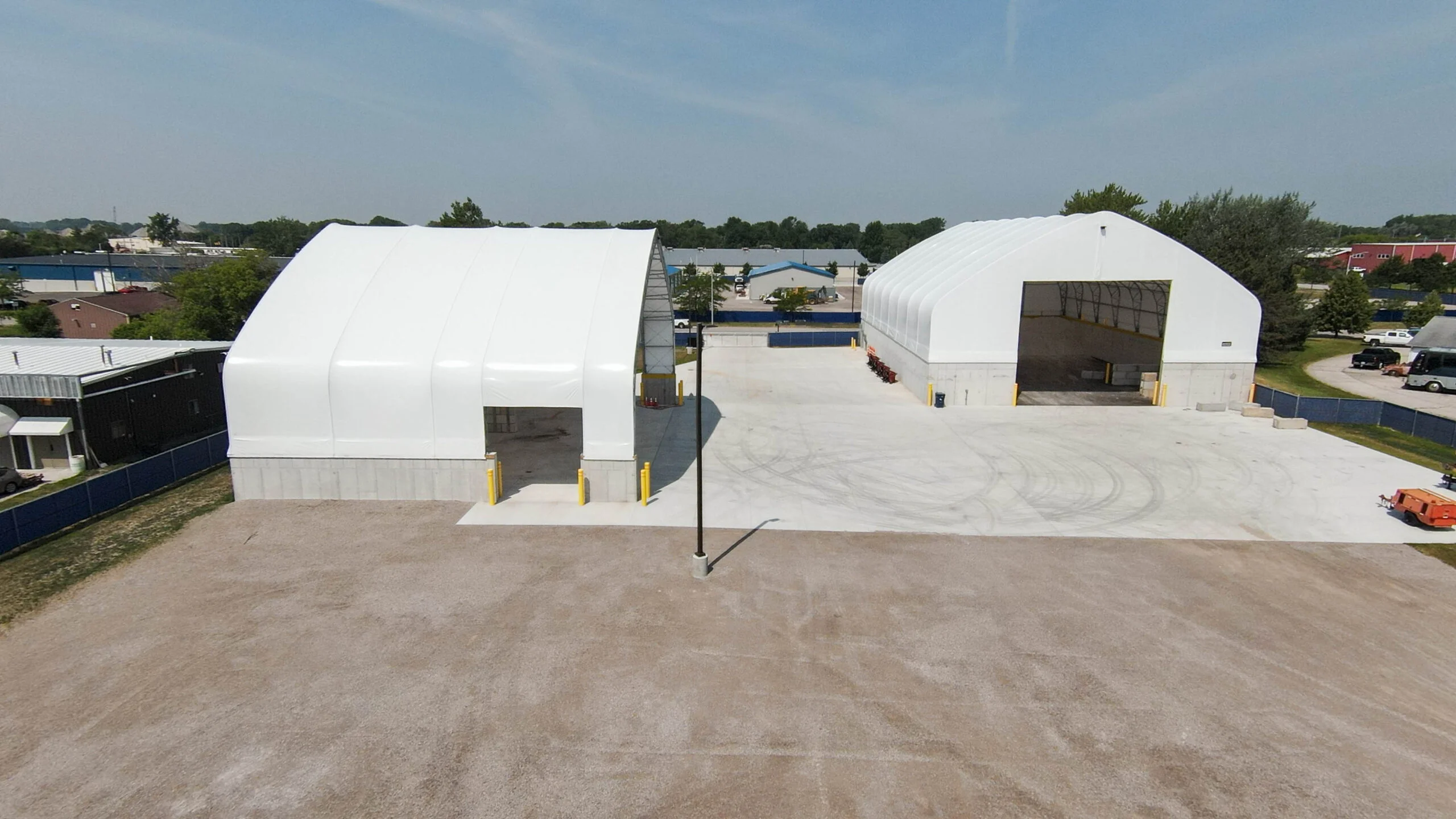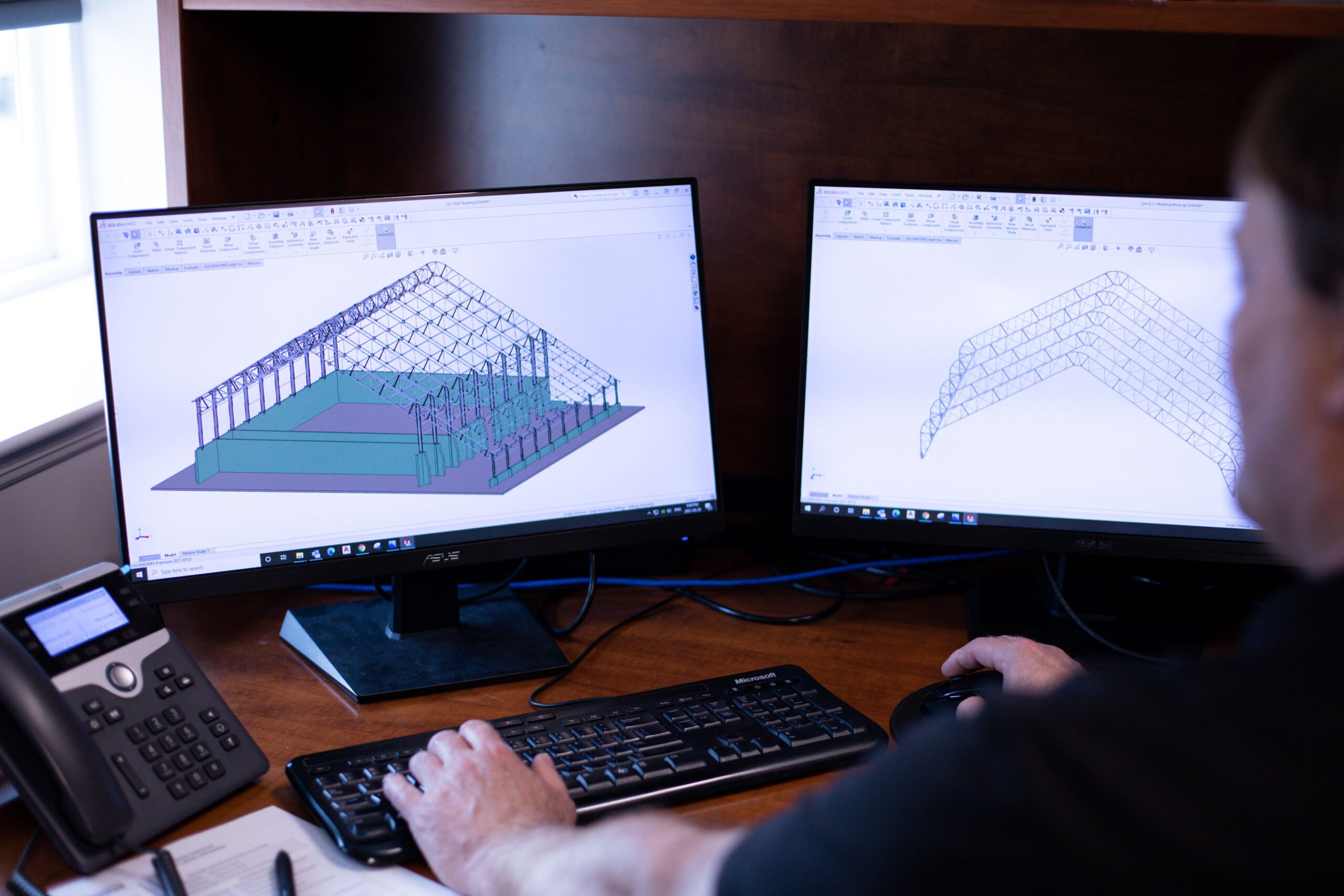5 Fertilizer Storage Mistakes You Should Avoid for Proper Handling

Proper storage of dangerous chemicals – including fertilizers – is critical to preserving the safety of the employees, community, and planet. Dry fertilizer storage buildings ensure that the investment you make into these critical resources is maintained to ensure functionality, but they also keep materials and people safe.
At Britespan, we encourage you to avoid key fertilizer storage mistakes by following these key strategies. Check out the ultimate warehouse and storage solution we offer that can amplify efficiency and achieve fertilizer safety goals.
Avoid These Big Fertilizer Storage Mistakes
Learn how to store fertilizer correctly by ensuring you follow all local guidelines. Additionally, consider the following common mistakes and how to overcome them.
#1: Are Your Safety and Security Protocols Adequate for Fertilizer Storage?
Critical errors create dangerous situations. For this reason, start by analyzing your safety and security protocols. Again, make sure to follow all local building codes. In the US, OSHA requirements create specific recommendations to follow as well.
- Property access control: What strategies are in place to provide security to these valuable products? Note that proper access control also minimizes liability risks.
- Fire prevention measures: What type of system is in place to warn of fire risk and put out such fires quickly? Is it adequate for the type of materials you are using? If there is a risk of an explosion, for example, that requires a very different fire suppression system than a minor fire.
- Security against theft: What steps are you taking to eliminate others from accessing these areas? This preserves safety and minimizes theft risks.
- Types of hazardous materials: Carefully consider the types of materials you have present, and then create a plan for addressing them. This includes placement, ventilation, and overall management of conditions related to the chemical specifically.
#2: Is Your Storage Solution Failing to Control Moisture and Environmental Factors?
As you consider your fertilizer storage objectives, think about moisture. In nearly all situations, moisture control in fertilizer storage is critical to ensuring the chemicals maintain functionality and last for one or more seasons of use. Beyond fertilizer storage safety, consider the following risks associated with improper moisture and environmental control:
- Prevent water ingress to reduce loss of fertilizer
- Manage humidity to ensure less clumping and degradation of the material
- Manage temperature fluctuations with ease to create consistency and reduce functional loss of product
- Address degradation conditions associated with the specific type of chemical or style of product you have (such as liquid or bulk materials)
- Avoid caking with proper ventilation
With dry fertilizer storage buildings, it is possible to create an environment that is comprehensively dry. As you look at our options, like our Epic Building Series, you’ll see that water and humidity management are core features we offer, and that gives you the ultimate level of control over all risks.
#3: Have You Overlooked the Importance of Structural Suitability and Material Compatibility?
Another common fertilizer storage mistake that organizations make is not considering the structural suitability of the material they are using. Select building materials that are meant to provide long-term protection. For example, our dry fertilizer storage buildings provide support in a number of key ways:
- Corrosion risks: Traditional hard-sized buildings have a very high risk of corrosion, especially in working environments. Corrosion can lead to poor reactions with fertilizers, making materials less effective.
- Structural load requirements: How much weight will your materials have? Depending on the type of structure you plan to build, you must consider how the building and its interior structure can support your actual needs. The structural load requirements for bulk storage are always product-specific.
- Proper ventilation: Off-gassing is a real concern with any type of fertilizer. Proper fertilizer storage techniques ensure that you have a reliable, efficient ventilation system powerful enough to minimize these risks on an ongoing basis. This is critical to fertilizer storage safety.
#4: Have You Created a Plan for Minimizing Environmental Factors?
One of the misconceptions about fabric buildings is that they are an uncontrollable environment. That is, whatever conditions are happening outdoors are happening inside. That is not the case. However, to avoid costly fertilizer storage mistakes, you must consider the environmental factors that could impact the quality of your materials as well as overall safety.
- Can materials be stored in the cold? What is the temperature cut-off that creates degradation or damage?
- Should materials be out of direct sunlight? That does not have to mean in a building with no light, but it may mean avoiding UV rays.
- What concerns are present regarding heat? Fertilizers cannot be stored near heat sources, making navigating many structures difficult.
When you look at the buildings we offer, you will see that a fabric-sided structure is more efficient for controlling the climate and environment. This ensures that your materials are protected but that they do not drive up costs. You can have temperature and light control that maintains your budget.
#5: Have You Considered Maneuverability, Productivity, and Maintenance Costs?
There are numerous types of fabric buildings available, and that is a good thing because most locations need a custom-designed solution. For example, our municipal fabric building options allow you to create an interior designed specifically for the way you need to use that space.
- Column-free interiors make it easy to maneuver all types of equipment through the space. This helps ensure less risk to safety without any risk to inventory and materials.
- Easy maintenance matters. When fabric buildings need repairs, the process is more cost-effective, faster to complete, and more efficient overall. Overall maintenance costs are a fraction of what they are with hard-sized structures.
- Productivity improvements. Utilizing the proper space and ensuring that it is properly set up, maintained, and designed for your application needs ensures the productivity of every person working in that space.
Getting the Solution you Need to avoid Fertilizer Storage Mistakes
These examples of common fertilizer storage mistakes make it clear that a good amount of planning is required for these spaces. You simply need to know what you are planning to store, what amount of space you will use to manage that product, and what safety risks exist.
Speak to an Expert at Britespan today. Learn more about the best fabric buildings for fertilizer management so you do not have to worry about your team or business. Our team is here to offer a free quote or a custom solution for you.

